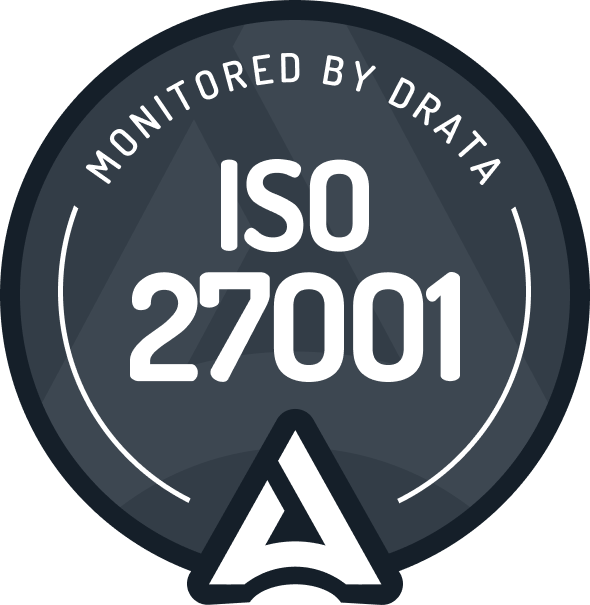A New Payroll System Won’t Solve Compliance Alone

As seen in the Global Payroll Magazine, Issue 5 04:05
https://online.flippingbook.com/view/577203881/66/
Written by Duncan Stone
Founder & Chief Product Officer, PaidRight
Ensuring that employees are paid accurately and on time are the two fundamental roles of any time and attendance or payroll system. As many legacy systems reach the end of their lifecycle, and with the introduction of new workplace laws, we're seeing an increasing number of Australian organisations looking to implement new workforce management systems.
However, there are two common misconceptions about doing this when it comes to governance and compliance. The first is that simply upgrading or switching to a new system will eliminate all wage compliance risks. The second misconception is that compliance controls can wait until after implementation, with the belief that doing it earlier is a wasted effort.
Misconception 1 - Upgrading or Switching to a New System Will Eliminate all Wage Compliance Risks.
One of the biggest misunderstandings is assuming that a new system alone will solve wage compliance issues. The reality is that non-compliance often stems not just from the system itself, but from how it has been set up and how it's used.
Out of the six largest remediation projects that I am currently working on, five of them had recently implemented a new workforce management system in the previous 2 years, and have still had issues arise.
The three common drivers of variance and compliance issues that we see in our customer base actually come from:
- How the system has been set-up and configured;
- How the rostering and payroll team are using the system; and/or
- How employees are interacting with the system.
Primary issues we see due to the three points above
Incorrect or missing payroll data - Capturing accurate payroll data serves two key purposes: it ensures employees are paid correctly, and it simplifies future remediation or investigations by providing all the necessary data points upfront.
- All of our customers faced some sort of issue with data maintenance, such as the recording of employee contract details (grade, classification, and contracted hours). Many also struggled to accurately record paid and unpaid breaks or failed to update rosters when staff worked outside their scheduled shifts.
- Incorrectly configured rule engine - Misconfigured rule engines of complex overtime rules are common pitfalls caused during system setup. We frequently discover misalignments in how overtime and penalties are calculated, compared to how the businesses intend to interpret awards and enterprise agreements.
- Incorrect rates - Incorrect rate setups are a common issue, often due to changes in legislation. For example, 60% of our customers have encountered problems where junior rates continue to apply even after employees have outgrown the junior status.
To clarify, these issues aren't due to flaws in the systems themselves but stem from external factors related to people and processes when they are being implemented and used.
In mid to large organisations, the sheer volume of data makes it increasingly challenging for payroll teams to review everything, meaning human oversight and operational processes become more important than the technology in ensuring ongoing compliance.
Misconception 2 - Compliance Controls Can Wait Until After Implementation
The implementation of a new payroll system often takes anywhere from 12 to 18 months. Waiting until after this process to introduce compliance and governance controls is a risky strategy. Over this extended period, errors can compound, potentially leading to significant underpayment or overpayment issues within the business.
For a 6-year remediation, delaying required back payments by just six months can increase the amount owed to employees by over 4%—a steep cost of inaction. This is due to compounding interest across six years, even during a time of historically low interest rates.
Now, with today’s higher rates, the impact of compounding interest on any future remediation payments is even more significant. In a post-2022 environment, what could have been a manageable situation may quickly escalate into a serious financial challenge.
This highlights the importance of investing in proactive compliance controls early, helping to safeguard your business from both financial and operational risks.
In fact, we have observed that organisations who implement additional controls before starting a system upgrade experience a smoother transition. By identifying and addressing compliance risks early, they’re able to make more informed decisions throughout the implementation process, aligning the new system more closely with the needs of their business and reducing the chances of costly mistakes later on.
The Importance of Governance and Compliance Controls
The key takeaway is that merely implementing a new time and attendance or payroll system without addressing compliance upfront is insufficient. Adding governance and compliance controls from the start adds significant value to your business, whereas relying solely on implementing a new system overlooks critical aspects of regulatory adherence and risk management.
Your Return on Investment
- Operational efficiency
- Cost-savings
- Business protection
Implementing solutions that complement your core payroll systems enhances operational efficiency by automating error detection and highlighting outliers, eliminating the need for manual exception testing. This shift reduces the reliance on a dedicated compliance manager and allows payroll teams to focus on strategic tasks rather than sifting through spreadsheets and managing adjustments.
Additionally, these solutions help reduce overpayments, which are as prevalent as underpayments, effectively balancing discrepancies. Most importantly, they eliminate the need for costly retrospective audits and remediation payments by recalculating each employee’s shifts in real-time against relevant industrial instruments during the pay run.
By adopting a proactive approach, you safeguard your business from costly post-implementation fixes and position yourself favourably with Fair Work. This proactive stance not only mitigates financial risks but also strengthens your reputation with regulators.




.png)


.png)













.webp)

.webp)